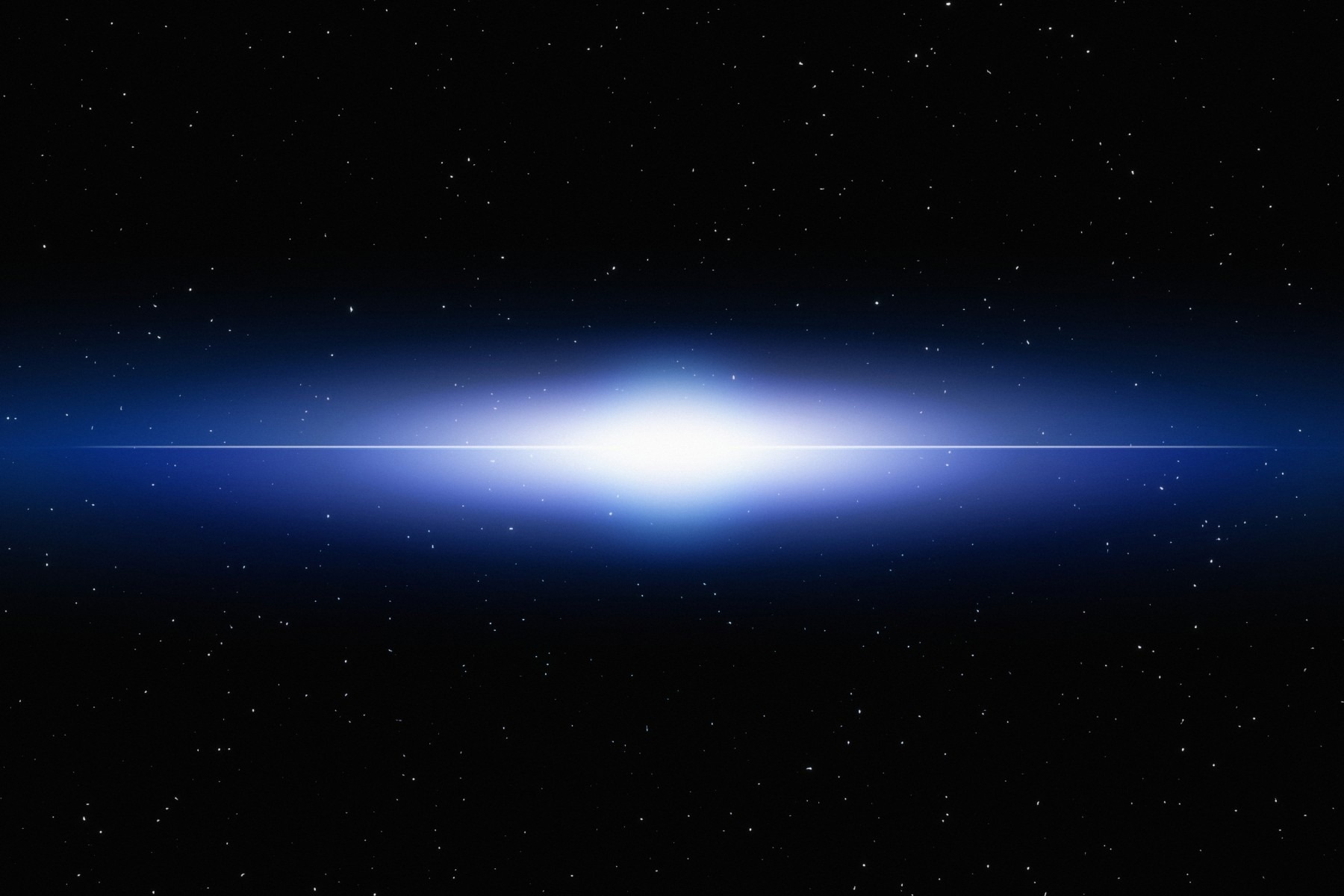It was possible for an international research group to observe an exploding supernova in a faraway spiral galaxy with the help of data obtained from the James Webb Space Telescope’s first year of interstellar observation.

Many chemical elements are formed during a supernova explosion, so studying them can give scientists insight into the universe's chemical make-up. Image Credit: Getty Images
The study, reported recently in The Astrophysical Journal Letters, offers new infrared measurements of one of the brightest galaxies present in the cosmic neighborhood, NGC 1566, also called the Spanish Dancer.
Situated nearly 40 million light-years away from Earth, the extremely active center of the Galaxy has made it particularly famous with researchers aiming to learn more about how star-forming nebulae form and evolve.
In this case, researchers were able to survey a Type 1a supernova—the explosion of a carbon-oxygen white dwarf star—which Michael Tucker, a fellow at the Center for Cosmology and AstroParticle Physics at The Ohio State University and a co-author of the study, stated scientists captured by mere chance while learning about NGC 1566.
White dwarf explosions are important to the field of cosmology, as astronomers often use them as indicators of distance. They also produce a huge chunk of the iron group elements in the universe, such as iron, cobalt, and nickel.
Michael Tucker, Fellow, Center for Cosmology and AstroParticle Physics, The Ohio State University
The study was made possible as a result of the PHANGS-JWST Survey, which, as a result of its immense inventory of star cluster measurements, was utilized to make a reference dataset to study in nearby galaxies.
Through examining images taken of the supernova’s core, Tucker and co-author Ness Mayker Chen, a graduate student in astronomy at Ohio State who headed the study, aimed to analyze how some chemical elements have been discharged into the surrounding cosmos following an explosion.
For example, light elements like helium and hydrogen were developed at the time of the big bang. However, bulkier elements could be created only via the thermonuclear reactions that take place inside supernovas.
Understanding how such stellar reactions impact the distribution of iron elements throughout the cosmos could give scientists a deeper insight into the chemical formation of the universe, stated Tucker.
As a supernova explodes, it expands, and as it does so, we can essentially see different layers of the ejecta, which allows us to probe the nebula’s core.
Michael Tucker, Fellow, Center for Cosmology and AstroParticle Physics, The Ohio State University
Driven by a process known as radioactive decay—wherein an unstable atom releases energy to become highly stable—supernovas discharge radioactive high-energy photons like uranium-238. In this case, the study concentrated on how the isotope cobalt-56 decays into iron-56.
With the help of the data obtained from JWST’s near-infrared and mid-infrared camera instruments to analyze the evolution of such emissions, scientists discovered that over 200 days following the initial event, supernova ejecta was still visible at infrared wavelengths that would not have been possible to image from the ground.
Tucker added, “This is one of those studies where if our results weren’t what we expected, it would have been really concerning. We’ve always made the assumption that energy doesn’t escape the ejecta, but until JWST, it was only a theory.”
For several years, it was not evident if fast-moving particles generated when cobalt-56 decays into iron-56 seeped into the nearby environment or were held back by the magnetic fields that were created by the supernovas.
However, by offering new insight into the cooling properties of supernova ejecta, the study verifies that in the majority of circumstances, ejecta does not escape the confines of the explosion. This confirms several assumptions that researchers have made in the past regarding how such complicated entities work, stated Tucker.
Tucker stated, “This study validates almost 20 years’ worth of science. It doesn’t answer every question, but it does a good job of at least showing that our assumptions haven’t been catastrophically wrong.”
Observations that will be made in the future by JWST will continue to help researchers develop their theories regarding star formation and evolution. However, Tucker stated that additional access to other kinds of imaging filters could help test them as well, thereby creating more chances to understand wonders beyond the edges of our own galaxy.
The power of JWST is really unparalleled. It’s really promising that we’re accomplishing this kind of science and with JWST, there’s a good chance we’ll not only be able to do the same for different kinds of supernovas, but do it even better.
Michael Tucker, Fellow, Center for Cosmology and AstroParticle Physics, The Ohio State University
This study was financially supported by the National Science Foundation, the Natural Sciences and Engineering Research Council of Canada, and others.
Journal Reference
Chen, N. M., et al. (2023) Serendipitous Nebular-phase JWST Imaging of SN Ia SN 2021aefx: Testing the Confinement of 56Co Decay Energy. The Astrophysical Journal Letters. doi.org/10.3847/2041-8213/acb6d8.